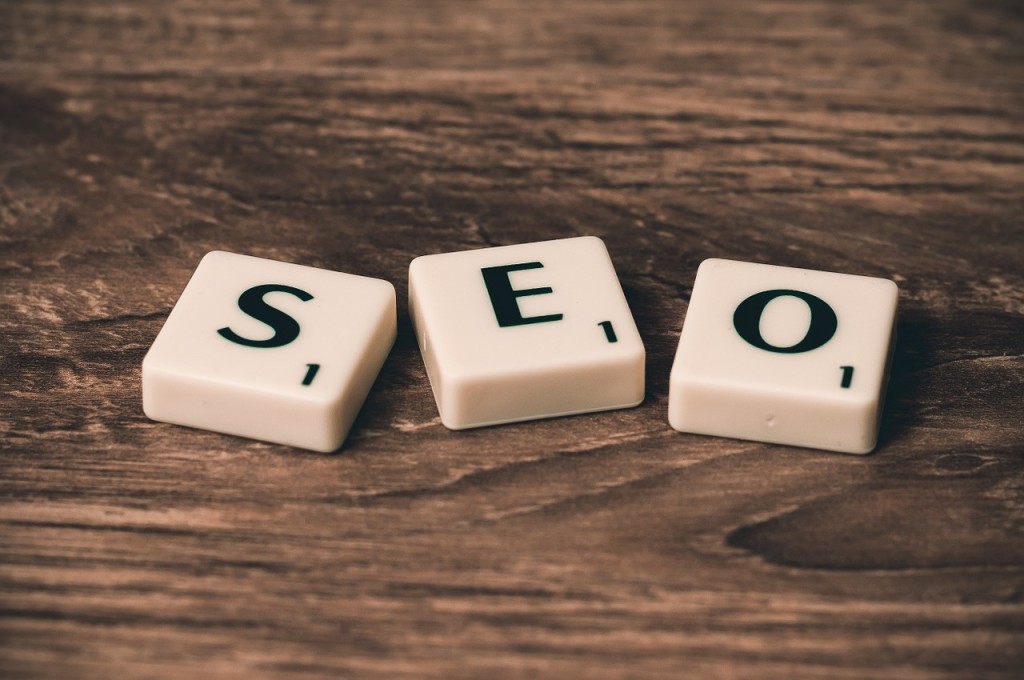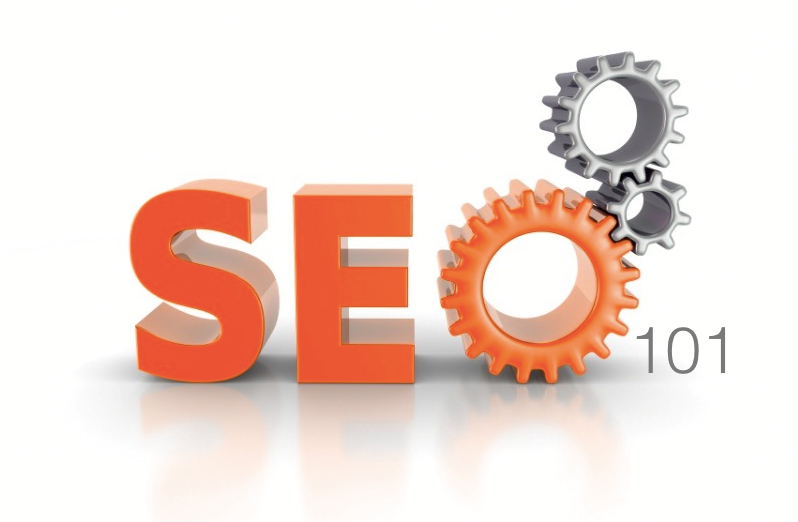Traditional SEO
Too often, people still consider meta titles, meta descriptions, alt text, and header tags an important part of SEO. Are they important? The answer is yes and no.
 In the previous SEO 101 article, we stated that these elements are considered “standard.” This means that having them in place won’t necessarily help you, but not having them in place will definitely hurt you. That being said, there are many other aspects of “SEO” that you should have precedence over metadata optimization. For example, if you have a web page with no H1 or H2 tags that receives 500 pageviews per week with a 70% bounce rate, your focus should be why visitors don’t like your page, not optimizing meta tags. Buy Your Tools Do yourself a favor and purchase Screaming Frog. This SEO spidering tool will crawl your website and tell you anything you want and need to know about your website. There are many other tools available, but this (in our opinion, as well as many SEO experts) is the most robust for the job.
In the previous SEO 101 article, we stated that these elements are considered “standard.” This means that having them in place won’t necessarily help you, but not having them in place will definitely hurt you. That being said, there are many other aspects of “SEO” that you should have precedence over metadata optimization. For example, if you have a web page with no H1 or H2 tags that receives 500 pageviews per week with a 70% bounce rate, your focus should be why visitors don’t like your page, not optimizing meta tags. Buy Your Tools Do yourself a favor and purchase Screaming Frog. This SEO spidering tool will crawl your website and tell you anything you want and need to know about your website. There are many other tools available, but this (in our opinion, as well as many SEO experts) is the most robust for the job.
Title Tags
• DO use keywords in your title tag
• DO make sure that your title tag is between 55 – 60 characters (or 512
pixels)
• DO make sure your tag accurately describes your page content
• DON’T focus your title tag on purely “SEO” optimization
• DON’T under-utilize the space available in this tag
o If you have extra space and your title is explanatory, compelling, and
accurate, don’t add keywords for the sake of adding keywords.
Meta Descriptions
• Generally, it’s a good idea to incorporate keywords in your meta description
• DO make sure it is between 155 – 160 characters or ~920 pixels
• DO write descriptive and compelling copy to inform your user and draw
them to your page
• DO utilize the character space available
• DON’T under-utilize the space available.
o Again, if you have extra space and your description is explanatory, compelling, and accurate, don’t add keywords for the sake of adding keywords.
Header Tags (H1 – H6)
The H1 tag should be more specific than your title tag about the subsequent sections on your page. Keep it concise and include keywords. The H1 element sometimes gets used as a snippet in Google’s search results. There should, ideally, be one H1 tag per page. The subsequent H2 – H6 tags can be used more frequently as your content becomes more categorized/focused further down the page. They should be descriptive of the subsequent content, be concise, and contain keywords where applicable.Remember, readability and user experience is real SEO. Trying to over-optimize these tags will likely reverse your search optimization efforts in that these tags are for people to read, not web crawlers.
Meta Keywords (?)
By and large, SEO experts consider this meta tag dead. Matt Cutts, former head of Google web spam team, has explicitly stated that meta keywords are not used as ranking signals for Google. Most engines won’t use these as a ranking factor (if any), and, when used improperly, can hurt your rankings. However, consider the fact that big name brands such as Amazon and Best Buy still use them. Being from the old school, I would add four to five meta keywords unique to every page on my website. That’s just a product of being in the industry when the topic of this article was important. Take them or leave them.
Conclusion
These elements, again, are “standard.” Yes, they should be in place, but no, you shouldn’t prioritize them over bigger issues your website is probably facing. If you’re wondering where the shout out is to open graph tags and all the other meta tags in existence, stay tuned as we dive further down the SEO rabbit hole each week.
